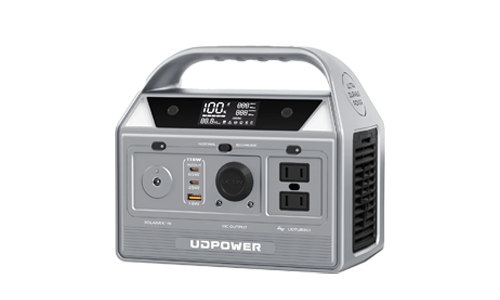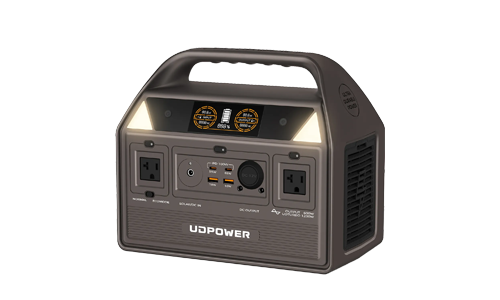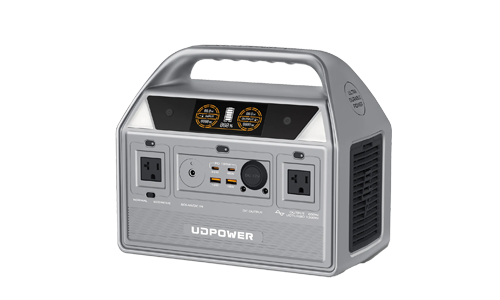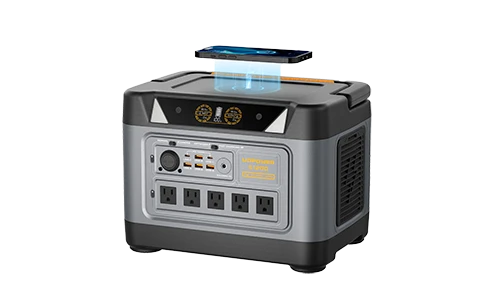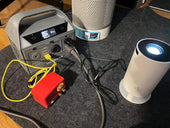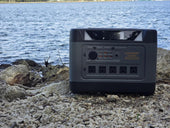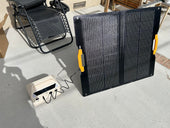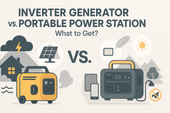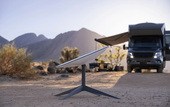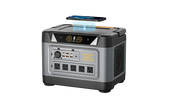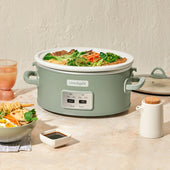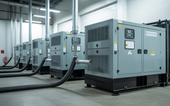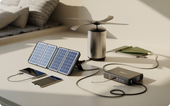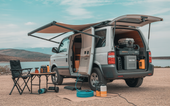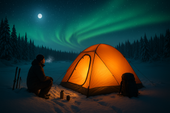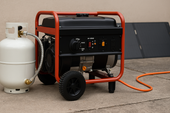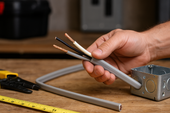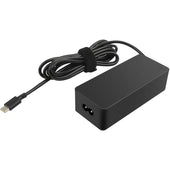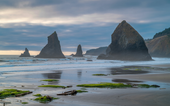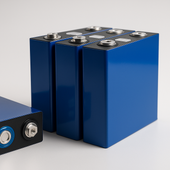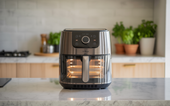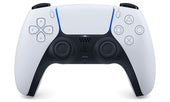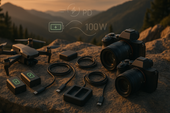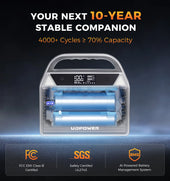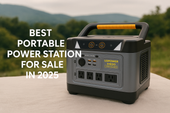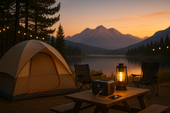Preparing for Lake‑Effect Snow Warning: A Complete Guide to Stay Safe
ZacharyWilliam
Updated Nov 2025 · Focus: U.S. Great Lakes snow belts (NY, PA, OH, MI, IN, WI). This guide explains what a Lake‑Effect Snow Warning means, how to prepare fast, and how to stay safe at home, on the road, and after the storm. It also offers a light, relevant look at battery backup options.
What a Lake‑Effect Snow Warning Means
Lake‑effect snow forms when very cold, dry air crosses the warmer open waters of the Great Lakes, rapidly creating narrow snow bands that can drop 2–3 inches per hour or more. Visibility can swing from clear to whiteout within minutes just a few miles apart.

Translation A Lake‑Effect Snow Warning means intense, localized snow with dangerous travel is expected or occurring. Bands may stall over the same area for hours; totals can vary wildly town to town.
These warnings were reinstated by the National Weather Service to highlight unique lake‑effect hazards separate from broad winter storms.
Do‑This‑Now Checklist (When the Warning Hits)
Within the next 1–2 hours
- Enable local alerts and NOAA Weather Radio; monitor wind direction to anticipate band placement.
- Finish errands and refuel vehicles; avoid non‑essential travel in expected band paths.
- Charge phones, power banks, and any critical medical devices.
- Set home heat a bit higher in case of an outage; locate flashlights and extra batteries.
If you must travel
- Tell someone your route and ETA; keep your tank at least half full.
- Pack a winter car kit (see below) and a USB‑C charger for rapid phone top‑ups.
- Expect zero‑visibility whiteouts, extreme snowfall rates, and drifting; plan alternate routes.
Home Readiness: 72‑Hour Plan
Prepare to shelter in place for at least three days. Stock up while roads are clear; once the band sets up, travel may be unsafe.
| Category | What to stage |
|---|---|
| Water & food | 1 gallon per person per day; shelf‑stable meals; manual can‑opener; pet food. |
| Lighting | LED flashlights/headlamps; spare batteries; avoid open‑flame candles. |
| Heat & clothing | Layers, hats, gloves, blankets; block drafts; close off seldom‑used rooms. |
| Medical | 7‑day supply of prescriptions; backups for CPAP/oxygen if applicable. |
| Communications | Phone + power bank; text over call if networks are congested. |
| Home systems | Drip faucets during deep freeze; open sink cabinets; know where the main water shutoff is; keep dryer, furnace and generator exhaust vents clear of snow. |
Vehicle & Commute Plan
Pre‑storm vehicle checks
- Snow tires in good condition; check wipers, fluids, battery, lights.
- Know your state’s chain/tire laws; obey posted chain control when active.
- Keep fuel tank half‑full or more to prevent fuel‑line freeze‑up.
Winter car kit (quick list)
- Blankets, warm gloves/hat, spare socks, compact shovel, ice scraper.
- Traction aid (sand/kitty litter) and traction boards if available.
- Jumper cables, tow strap, first‑aid kit, high‑visibility vest, snacks/water.
- 12V or USB‑C car charger for phone/GPS.
If stranded: Stay with your vehicle. Run the engine about 10 minutes each hour for heat, ensuring the exhaust pipe is completely clear of snow. Crack a window slightly to prevent CO buildup.

Power Outage & Heat Safety
Carbon monoxide reminders
- Install and test CO alarms.
- Never run a generator, grill, or camp stove inside your home, garage, or near windows/doors.
- Place portable generators at least 20 feet from the house, with exhaust pointed away.
Keep food & pipes safe
- Keep fridge/freezer closed; use a thermometer to confirm safe temps.
- In a freeze, drip faucets and open sink cabinets to let warm air reach pipes.
After the Band Passes
- Shovel safely: take breaks, use small scoops, push not lift when possible.
- Clear dryer and furnace vents, fire hydrants, and around mailboxes.
- Check neighbors who are older or have limited mobility; keep pets indoors.
Portable Power (light recommendation)
For short outages and phone/laptop charging, a portable power station is quieter and easier than a gas generator. Here are two options sized for winter storm essentials.
UDPOWER S1200 — Home backup ready

- 1190Wh LiFePO₄; 1200W AC pure‑sine (1800W surge)
- 5× AC, 2× USB‑C PD 100W (PPS), 4× USB‑A, car 12V, 2× DC5521, 15W wireless
- UPS mode with ≤10ms switch; quiet indoor use
- Charging: AC up to 800W; solar 12–75V up to 400W (DC7909)
UDPOWER C600 — Compact outage support

- 596Wh LiFePO₄; 600W AC (1200W surge)
- Ports: 2× AC, 65W USB‑C PD, 35W Type‑C, 2× 18W USB‑A, 12V car outlet
- Low‑noise operation; fast top‑ups; good for routers, phones, and lights
Always size backup power to your specific loads and run‑time needs.
↑ Back to topFAQs
How is a Lake‑Effect Snow Warning different from a Winter Storm Warning? A Lake‑Effect Snow Warning focuses on intense, narrow snow bands driven by lake processes. Travel impacts can be extreme and highly localized even if nearby towns see little snow.
What should my 72‑hour kit include? Water (1 gallon per person per day), shelf‑stable food, medications, flashlights, batteries, phone chargers/power bank, warm layers, first‑aid kit, and supplies for pets and infants.
Is a battery power station safer than a gas generator? It’s simpler indoors for small electronics (no fumes). For high‑wattage heating or large appliances, follow generator safety rules and keep any fuel‑burning device outdoors.


